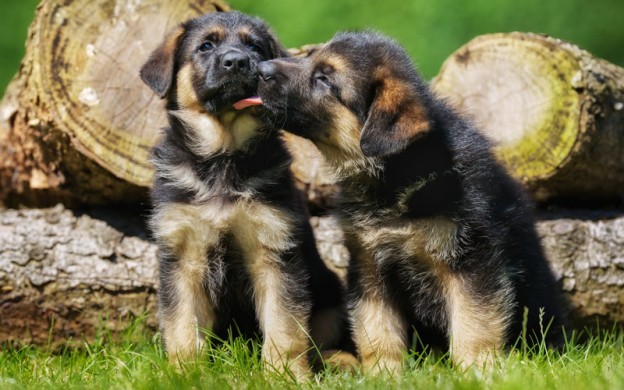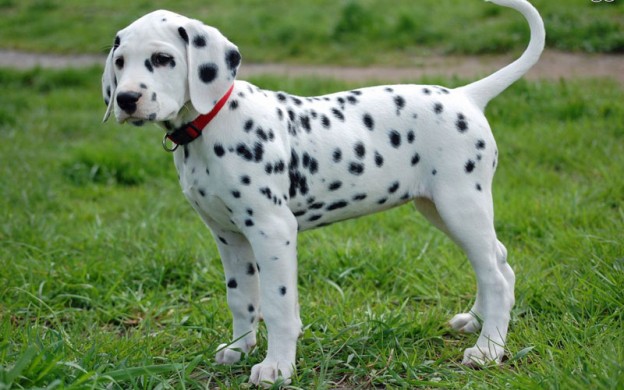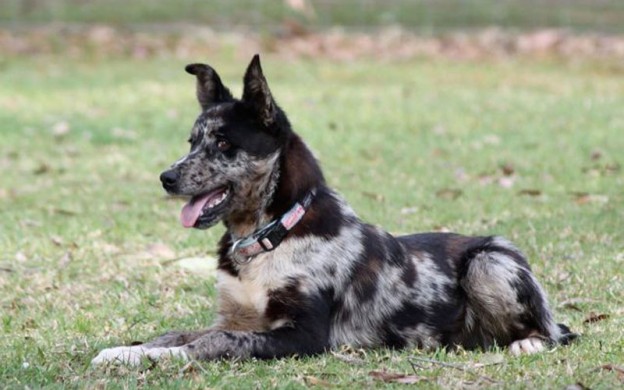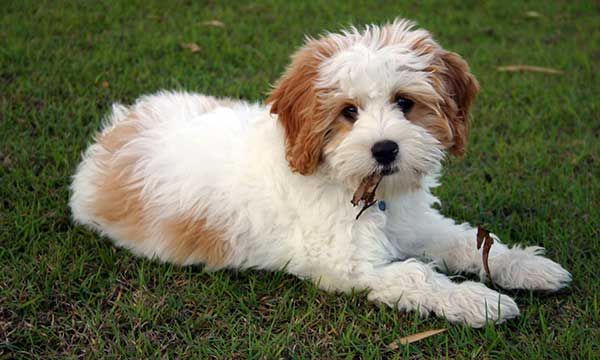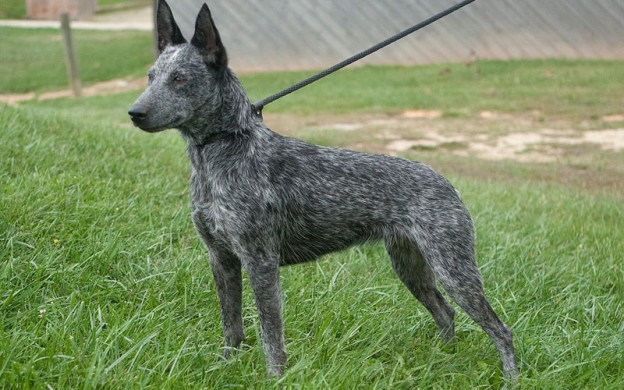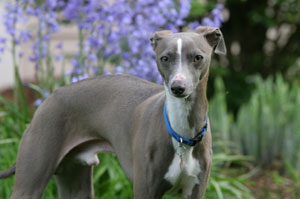
Facts
Care and exercise
Like most toy breeds, the Italian Greyhound will give itself enough exercise just running around the house, but will welcome the opportunity for a walk, provided it has been accustomed to the outside world. Loud noises, traffic, other bigger dogs, strangers, crowds and unfamiliar places can be particularly daunting to this timid little dog if it has not been safely introduced to them as a puppy. Children must learn to treat this breed with care, as those slender IG bones are easily broken, especially in puppyhood. Their slight build with little fat means that these dogs feel the cold more than most breeds. They should be given warm bedding and should always be dried off quickly after getting wet. Coat care consists of the occasional bath this should not be required very often and regular wiping over with a hound glove or soft cloth. Toenails should be checked regularly and clipped or filed when necessary.
Suitability
Perhaps not the best choice where a robust, knockabout family dog is required, the Italian Greyhound is an ideal breed for the older person who appreciates a gentle, affectionate, refined, graceful, elegant and easycare little companion, who will also let them know when a visitor has arrived.
This lovely sighthound is a compact lovable breed just waiting to be welcomed into your loving home.
This very old breed is Italian in name only, since there is evidence that it existed in Egypt some 2000 years ago. It was for several centuries the favourite of Italian nobility and this is no doubt the origin of its present-day name. Very much a true miniature version of the Greyhound, this tiny toy breed still carries the instincts of the hunting sighthound, although its size restricts its possibilities somewhat! A very slender, graceful dog with fine bones, the Italian Greyhound is not as delicate as it looks, at least physically. It should not, however, be allowed to run with bigger dogs and children need to be conscious of its size when playing. The Iggy, or IG, as its breeders call it, has a quiet, reserved, gentle, affectionate nature and may have a tendency to timidity.
Weighing all of 3 to 4 kilos wringing wet and standing around 25-30cm at the shoulder, this neat little dog with its very short, smooth coat comes in black, blue, cream, fawn and red, all with or without white markings. It also comes in all white. A characteristic of this dainty breed is its high-stepping, almost prancing action when walking.


